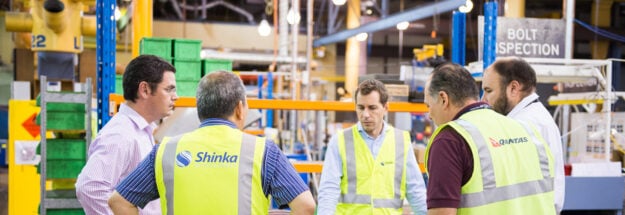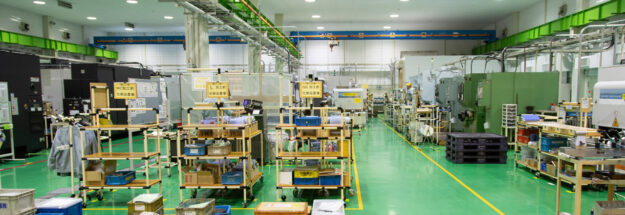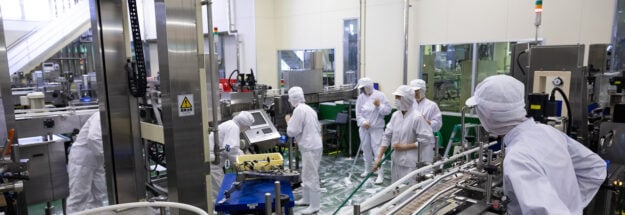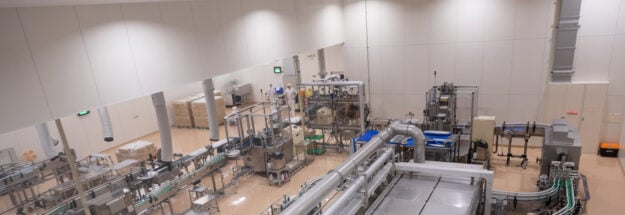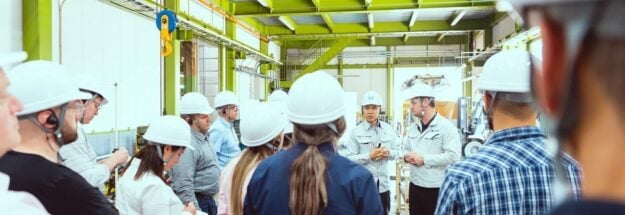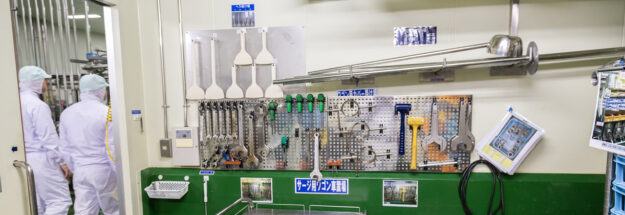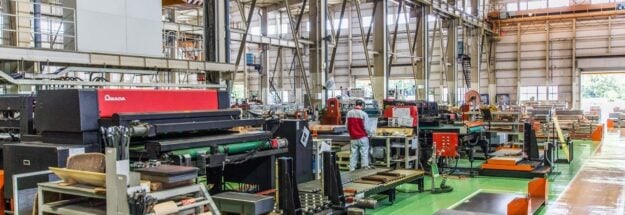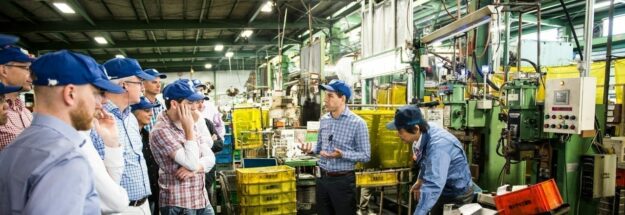Eri supports our Australian and Japanese clients with market entry, localisation, Japanese translation and interpreting, with more than 10 years of experience working within both government and private sectors.
Visual management boards are a useful tool to have in your workplace. The tool allows you to grasp the necessary information at a glance and helps you to keep track of your operations against your set goals. However, if you have visual management boards in your workplace, are you using the tool correctly as it is truly intended? Akinori Hyodo discusses the idea of visual management boards and explains how you can best utilize this lean management tool.
Having the ability to read and look at a factory or workplace properly is one of the important skills for those in a management position. How should you go about observing your site and what are the important points for you to pay attention to? Akinori Hyodo shares his thoughts on the thinking and approach on this important topic.
During the final session of the five-part series on 5S, Akinori Hyodo discusses the importance of standardization and training that form the basis of the fifth S stage of shitsuke or sustain. Hyodo Sensei also reiterates the crucial role top management plays in driving good practices and creating a positive culture around 5S within an organization.
The word seiso which is often referred to as shine in 5S literally means “cleaning” in Japanese. As the word suggests, one goes through the process of cleaning in the shine or seiso stage of 5S. But, Akinori Hyodo emphasizes the importance of establishing a standard around the level of shine that you are going to achieve and visualizing the information amongst your organization. Hyodo Sensei explains the reasons as he discusses the fourth S process of shine.
Following the first two steps of seiri (sort) and seiton (set in order), Akinori Hyodo puts seiketsu (sparkle) as the third S despite the fact that many literature on the topic around 5S usually list seiso (shine) as the third step in the 5S process. Hyodo Sensei explains the reason why and discusses the importance of safety element in the third S process.
Society nowadays puts too much emphasis on the importance of being excellent. But, many of us are under too much pressure and some choose to be “mediocre” while others may even feel uncomfortable with the idea of pursuing excellence altogether. When leaders find themselves dealing with this type of thinking in promoting lean within their organization, how should they approach lean buy-in across their organization?
After one goes through the first step of seiri (sort) in 5S, next comes the second step of seiton (set in order). In general, the second S is known as the process of organizing and arranging in order the necessary items kept from the first S process. Akinori Hyodo delves deeper into this concept of seiton and discusses that it is all about creating a visual workplace.
In the world of lean, 5S is often considered as the basis for all improvement. When 5S is implemented thoroughly and continuously, it contributes to the elimination of waste and improvement of workplace efficiency as problems and issues are exposed and visualized much more easily. In this #AskSensei event we discuss the first S – seiri (sort).
Poka-yoke is a well-known Japanese term in the world of lean. It means “error-prevention” or “mistake-proofing” and the implementation of poka-yoke on the shop floor is regarded positively and encouraged in general. But, should this really be the case? Akinori Hyodo discusses the idea of poka-yoke and explains a potential pitfall around its implementation.
Standard work is regarded as a key foundation of the Toyota Production System. Operations where a high level of standard work is performed and maintained typically have strong results around efficiency, quality, cost and safety. Lean manufacturing sensei Akinori Hyodo explains the importance of the role of standard work within Toyota and discusses how the level of precision of standard work can be improved.


